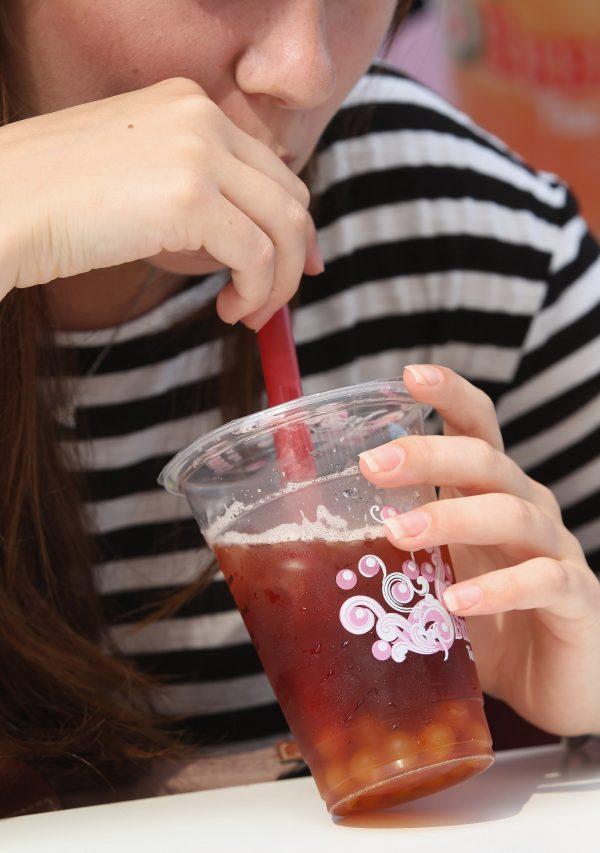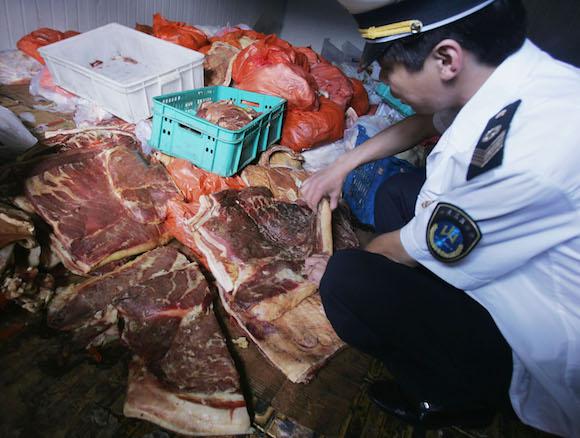1. Tapioca Pearls

A young woman sips bubble tea outside a bubble tea cafe on August 22, 2012 in Berlin, Germany. Bubble tea, which fuses Asian tea with milk or fruit syrups and sometimes contains balls of tapioca, originated in Taiwan and has most recently spread in popularity to North America and Europe. Sean Gallup/Getty Images




